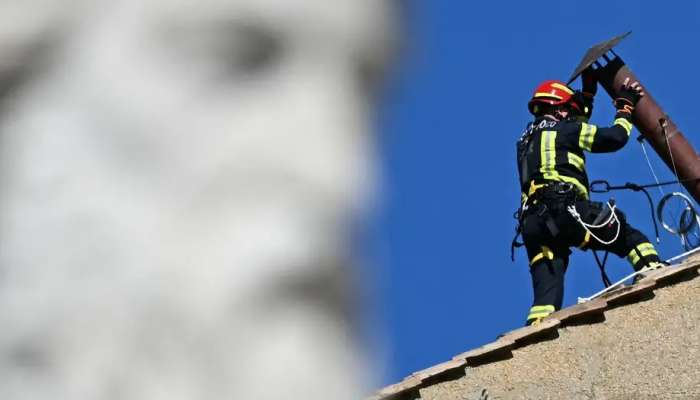
Vatican City: Firefighters appeared on the roof of the fifteenth-century Sistine Chapel on Friday to install a rust-colored chimney, which will signal the election of a new Pope.
The successor to Pope Francis will be selected by ballot by a conclave in a closed meeting on May 7.
What happens with the chimney?
The chimney is visible from Vatican City's St. Peter's Square, where crowds gather to learn whether a pope has been selected.
After every two rounds of voting, the cardinals' ballots are burned in a furnace to communicate the outcome to the outsiders.
If no pope is elected, the ballots are mixed with cartridges of potassium perchlorate, anthracene and sulphur to produce black smoke.
When the 267th pope is eventually elected, the ballots will be mixed with chlorate, lactose and chloroform resin to make white smoke.
The Catholic Church has over 1.4 billion followers across the world. The institution faces financial challenges that the new pope will have to address.
What happens in the conclave?
About 133 cardinals are expected to vote in the conclave. They have already started assembling at the Vatican City to discuss the needs of the Catholic Church — and what kind of a pope should run the institution next.
The discussions are open to all cardinals, even those above 80 years of age, although those above that threshold cannot vote.
Argentine pontiff Francis had held the position since 2013 and was the first pope from the Americas. He died on April 21.
The last two conclaves were held in 2005 and 2013, and elected the pope after two days of voting.